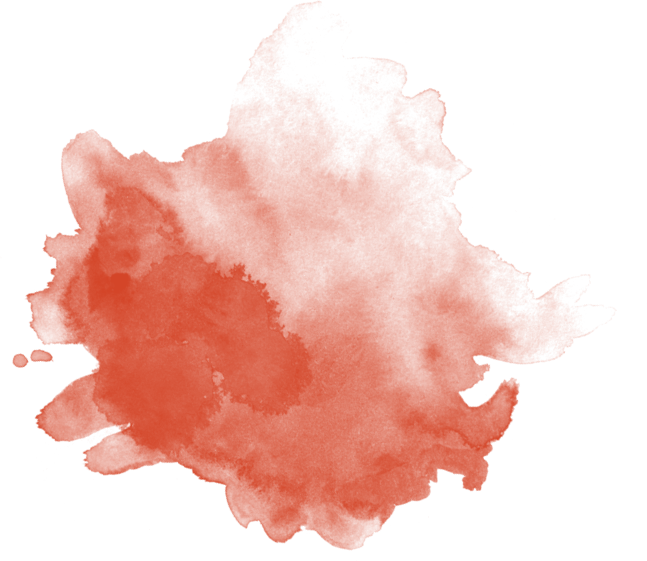By Hattie Bernstein
PLYMOUTH — As the greeter at Plimoth Plantation’s Wampanoag Homesite, Bob Charlebois is the first person tourists meet after leaving the visitors’ center and entering the outdoor museum.
“I’m a spokesman for a whole race of people,” says the former Mashpee history teacher, an Abenaki Indian from Canada who is in his 10th season as an employee at the popular tourist destination.
The homesite is staffed by members of the Wampanoag nation and other New England American Indians whose job is to explain how their ancestors built mat- and bark-covered houses, used fire to hollow out tree trunks to make boats, and fished, farmed, and hunted on the land near Plymouth Bay.
Theirs is a history that until the 1960s and 1970s was mostly cloaked in myth — and in many ways still remains obscure and unappreciated.
In 2003, the same year the Massachusetts Department of Elementary and Secondary Education introduced its history and social studies “frameworks” for teaching Native American history in the public schools, Plimoth Plantation published a teacher’s guide, “Investigating the First Thanksgiving.”
Both aim to develop critical thinking skills using the most accurate information available; neither makes a direct assault on the rocky ground where colonialism, slavery, and racism are embedded.
Charlebois, who dresses in deerskin leggings, an English-style shirt, and a porcupine headdress that contains his three long braids, says he sees his job as meeting visitors where they are.
“Some guests are interested only in how to get bark off a tree. Some dare to ask the deeper questions,” he says during a phone conversation — when he is off the clock. “I tell them this is the most symbolic place in America for two different reasons — a colossal victory and an incredible Greek tragedy that we don’t get the end of. I tell people, ‘If you have any questions, don’t hesitate to ask.’ ”
For generations, American schoolchildren were taught that in 1621, a year after the Pilgrims landed at Plymouth Rock sporting black buckled hats, they celebrated Thanksgiving with the Indians who emerged from their teepees wearing feathered headdresses and smiles.
Today, thanks to historical documents such as “Mourt’s Relation,” we know that there were no teepees or congenial guests, but instead an uneasy gathering: Chief Massasoit accompanied by 90 Wampanoag men; a polite interaction between colonists and natives, wariness on both sides.
But myths run deep and beliefs are slow to change.
“It’s a small piece. We don’t have the teach-ins like we had in the ’60s,” says Charlebois. “Life is about little victories and, sometimes, big defeats. After a visit, people may look at things in a different way. . . . Nothing is ever as simple as it first seems, especially in history.”
Cedric Woods, founding director of the five-year-old Institute for New England Native American Studies at the University of Massachusetts Boston, a member of the Plimoth Plantation board of trustees, and a Lumbee Indian from North Carolina, says the history books have “changed substantially” what they have to say about North America’s native people.
“We have more accurate representations,” Woods observes.
But he says the stereotypes persist.
“Casinos and mascots and that’s it,” Woods says, pointing out how American Indians, roughly 2 percent of the US population, are portrayed in the media.
Darius Coombs, associate director of Plimoth Plantation’s Wampanoag Indigenous Program and an employee at the museum since the early ’80s when he was a teenager, says he’s putting his faith in education. But he admits it’s a slow process.
Years ago, the museum emphasized the Colonial past and cast the indigenous people in an unflattering light.
“I remember a lot of the interpreters using the past tense to talk about the Wampanoag. They’d say, ‘They used to,’ like we weren’t here anymore,” Coombs says of the early days. “They had role-playing and the [Indians] used broken English.”
It’s better today.
“People want to know about the Wampanoag culture, past and present, before Columbus, [before] the Spanish,” says Coombs, remembering a visit he made to Plimoth Plantation as a student, when the emphasis was on the Colonial settlement.
These days, Massachusetts schoolchildren start learning about the colonists and Wampanoag in first grade when they study the holidays. In the upper grades, they begin to unravel the real story of Thanksgiving — the wars and the usurpation of native land and life.
“Our approach is to make sure kids don’t develop biases and stereotypes as a result of not having information,” says Michael Spencer, principal of the Nathaniel Morton Elementary School in Plymouth.
Students learn that European explorers arrived in the Northeast between 1524 and 1614; that in 1525, an explorer named Estevao Gomes kidnapped Wampanoag men.
They are taught that the explorers carried disease, and that between 1616 and 1619, an epidemic killed at least 60 percent of the native people living along what is now the New England coast.
Their history books also tell them that during King Philip’s War (1675 to 1676), thousands of people, indigenous and colonists, were killed defending their homes.
And they learn that in 1870, native people across America were moved from their homelands to reservations. But even when they remained on their land, as did the Wampanoag, they lost their sovereignty to the state.
This darker view of history hasn’t dampened enthusiasm for a holiday that celebrates America’s founding. Thanksgiving Day is the busiest day of the year at Plimoth Planation, where tourists flock to enjoy the three-course dinners, entertainment, and an all-day buffet.
But a few miles away, at the top of Cole’s Hill, a spot overlooking Plymouth Rock, the United American Indians of New England and their non-native friends gather every year for the Day of Mourning, first held on Thanksgiving Day in 1970 after a Wampanoag, Frank James, was told he couldn’t deliver the speech he’d prepared for the 350th anniversary of the colonists’ landing at Plymouth.
The speech protested European colonialism, encouraged fasting and prayer, and remembered the losses of a people with roots on the North American continent dating back 12,000 years.
The 400th anniversary of the Pilgrims’ landing at Plymouth Rock will be observed in 2020. But Plymouth 400, a nonprofit organization created to plan and produce events to commemorate the milestone, will unveil its first educational exhibit, “Captured: 1614,” on Nov. 13, at the Plymouth Public Library. The exhibit will remain at the library until spring 2015, when it will circulate among other libraries and museums across the region.
“I feel it will be well-received,” said Paula Peters, a Wampanoag Indian and former journalist who created the exhibit and says she had complete artistic and editorial control over the project.
The exhibit tells the story of the kidnapping of 20 young native men from Patuxet, later the site of Plymouth Village, by English explorers. Among the men captured was Tisquantum, also known as Squanto, famous for his role a number of years later in the Thanksgiving story. (The story of Squanto’s kidnapping and eventual return from England is still not part of the traditional history curriculum in Massachusetts schools, according to Primary Source, a teachers’ resource based in Watertown.)
And the role indigenous people will play during the 400th anniversary remains to be seen: Despite Plymouth 400’s mission statement emphasizing inclusion and historical accuracy, there’s concern that native people will stay away.
“There’s a lack of trust by some people,” said Peters.
“Within every event we do, there’s a component of native” history, said Michele Pecoraro, executive director of Plymouth 400. “We want to tell the true story, the equal story. It’s that simple, but it’s not simple. Many Wampanoag people don’t want to get involved.”
Hattie Bernstein can be reached at hbernstein1@hotmail.com.


